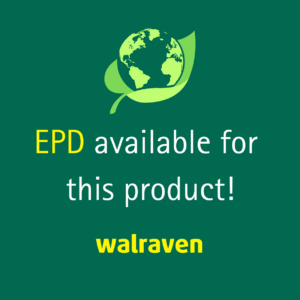 Engineering sustainable outcomes
Engineering sustainable outcomesAs the building services industry intensifies its focus on net zero targets and circular economy principles, mechanical and electrical (M&E) contractors are increasingly expected to embed sustainability into every aspect of their work. While much attention is given to major equipment and energy systems, the fixings and modular support systems that underpin these installations are often overlooked. Yet, they represent a significant opportunity to reduce embodied carbon, improve material efficiency, and enhance long-term adaptability.
This article explores how sustainability can be considered when selecting M&E fixings and modular support systems, offering practical guidance for specifiers, contractors, and designers.
One of the most direct ways to reduce environmental impact is through careful material selection:
 Sustainable sourcing: Consider manufacturers who practice sustainable sourcing. This means they procure products, services, and materials in a way that minimizes negative environmental and social impacts while ensuring long-term economic viability
Sustainable sourcing: Consider manufacturers who practice sustainable sourcing. This means they procure products, services, and materials in a way that minimizes negative environmental and social impacts while ensuring long-term economic viabilityModular support systems offer inherent sustainability advantages:
Sustainability extends beyond the product itself:
 Local sourcing: Prioritise suppliers with local manufacturing to reduce transportation emissions and support regional economies.
Local sourcing: Prioritise suppliers with local manufacturing to reduce transportation emissions and support regional economies.The sustainability of fixings and supports is also influenced by how they are installed:
 Sustainable selection must account for long-term performance:
Sustainable selection must account for long-term performance:
Sustainability in M&E fixings and modular support systems is not a niche concern—it’s a strategic imperative. By considering material choices, modularity, supply chain ethics, installation practices, and lifecycle performance, contractors and designers can make informed decisions that support environmental goals without compromising on quality or safety.
As the industry moves toward net zero, every component counts. Fixings and supports may be small in size, but their impact is anything but.
Find out more about Walraven’s approach to sustainability.
*Walraven UK and Walraven Spain have ISO14001 certification